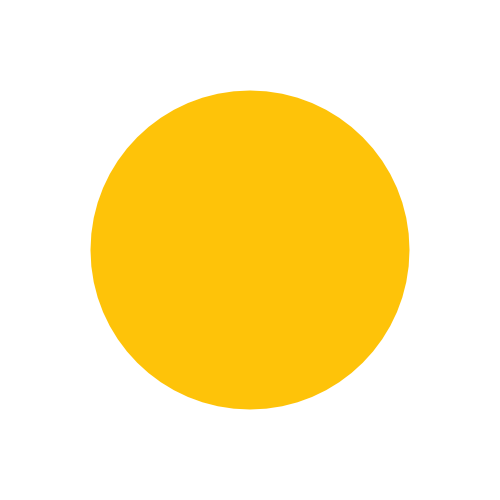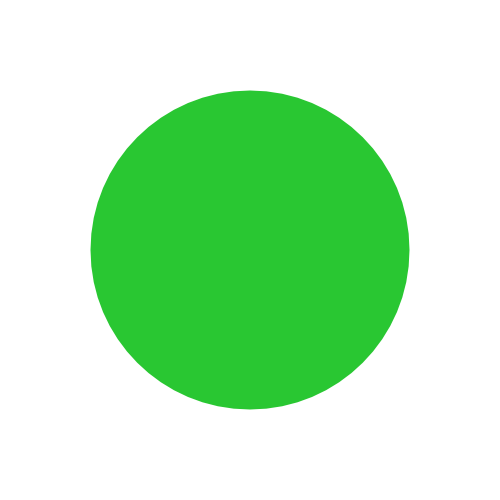Select Your Region
Glyclean® D vs. Legacy Disinfectants

In today's world, it is essential to tackle viruses, bacteria, and germs head-on, ensuring that disinfection processes are both effective and safe. Conventional disinfectants, with their harsh and sometimes unstable nature, often raise safety concerns due to potential health risks and undesirable environmental impacts. These traditional compounds can be overly aggressive, damaging surfaces or posing exposure risks to users.
Enter Glyclean® D, which harnesses the distinctive qualities of glycolic acid to offer a groundbreaking solution that balances efficacy with safety. As a result, Glyclean® D provides a safe, effective, and cost-efficient means of disinfection, aligning with the need for products that not only meet regulatory standards but also cater to environmentally conscious practices. This innovative disinfectant emerges as a preferable alternative, redefining industry standards by providing robust microbial control without compromising user safety or sustainability.
Glyclean® D Efficacy and Kill Claims
Glyclean® D combines comprehensive disinfection with efficient one-step cleaning and is approved for use worldwide. Glyclean® D has successfully undergone the stringent testing necessary for acquiring US EPA registrations. Effective against a broad spectrum of gram-positive and gram-negative bacteria, viruses, and fungi, Glyclean® D achieves hospital-grade disinfection with kill times as short as 30 seconds. This rapid efficacy not only meets but often exceeds current industry standards, making it an excellent choice for high-stakes environments such as hospitals and clinics where quick and reliable disinfection is paramount.
PureTech Scientific has performed thorough research and developed Glyclean® D to ensure long-term regulatory compliance, thus providing confidence in its continued integration into infection control protocols globally. Its seamless blend of efficacy, safety, and environmental responsibility makes Glyclean® D a leading choice in modern disinfection solutions.
Modes of Action
Disinfectant actives used in household, industrial, and institutional cleaning eliminate organisms through various mechanisms. Each disinfectant active (biocide) has inherent advantages and disadvantages. In this article, we will examine the most widely used disinfectant actives, comparing their modes of action and inherent pros and cons. Glyclean® D, based on glycolic acid, falls into the category of organic acid chemistries.
The table below compares common household disinfectant types.
| Disinfectant Type | Mode of Action | Advantages | Disadvantages |
|---|---|---|---|
| Quaternary Ammonium Compounds (Quats) | Ruptures cell membranes | Common, low price point, highly effective | Toxic to the environment, regulatory pressures, bacterial resistance concerns |
| Alcohols | Dissolves/denatures | Biodegradable | Flammable, high VOC, single mode of action |
| Chlorinated Compounds | Ruptures cell membranes | Ruptures cell membranes | Halogenated compounds (toxic), regulatory issues, high VOC, damaging to surfaces, single mode of action |
| Peroxides | Oxidizes cell membranes, oxidizes cell structures | Oxidizes/penetrates cell membranes and oxidizes cell structures | Oxidation is non-selective, limited shelf life, requires stabilization, safety concerns |
| Organic Acids | Disrupts cell membrane, decreases cell pH, inhibits update of amino acids | Biodegradable, low to no VOC, stable in formulation, no regulatory pressures | Moderate pricing, lesser kill claims compared to quats |
Glyclean® D vs. Other Disinfectant Actives
Glyclean® D is the ideal solution for the next generation of household, industrial, and institutional cleaning products. It seamlessly integrates sustainability, safety, cleaning performance, and disinfectant efficacy into a single, user-friendly, and quick-to-market active ingredient.
Chemistry
|
Regulatory concerns
|
Sustainability
|
Safety
|
Stability
|
Efficacy
|
Cleaning performance
|
|---|---|---|---|---|---|---|
| Glyclean® D |  |
 |
 |
 |
 |
 |
| Quats |  |
 |
 |
 |
 |
 |
| Peroxygens |  |
 |
 |
 |
 |
 |
| Bleach |  |
 |
 |
 |
 |
 |
| Other organic acids |  |
 |
 |
 |
 |
 |
 |
= Very effective/minimal concerns |
 |
= Effective/some concerns |
 |
= Not effective/many concerns |
Glyclean® D vs. Quats
As the broader market becomes increasingly aware of the environmental and safety issues related to the use of quaternary ammonium-based disinfectants, industries are actively seeking alternative chemical solutions that offer efficacy with reduced risks. Glyclean® D emerges as a superior choice, presenting substantial safety benefits over traditional quaternary ammonium compounds (quats) due to its notably lower toxicity levels, measured to be approximately 100 times less than that of commonly used quats like ADBAC and DDAC. These reduced toxicity levels provide a safer option for environments where human and environmental exposure is a concern and further support a reduced ecological footprint.
Glyclean® D's unique chemical profile enables it to be identified and quantified with ease through direct analysis techniques, a clear advantage over quats which often require more complex testing and assessment methods. This straightforward identification facilitates the development of more accurate and transparent product labels, ensuring that hazard class and hazard statement codes are correctly attributed, and thereby aligning with growing regulatory pressures and consumer demand for clearer product information.
Glyclean® D not only meets the immediate needs for advanced disinfection but also positions itself as a sustainable and responsible choice for future formulations in the industry.
Glyclean® D vs. Other Acids
Glyclean® D has demonstrated superior effectiveness against common pathogens compared to other acid-based disinfectants*. Its enhanced efficacy allows for the use of a lower total acid concentration, which facilitates easier formulation and superior cleaning performance. This reduced concentration does not compromise its strong disinfection capabilities, making Glyclean® D a versatile choice for both commercial and residential use. Formulators can achieve exceptional results without the need for high corrosive levels typically associated with acid-based products, ensuring safer application environments.
*Comparative Acid Efficacy Study AEMR 102 98

Thank you
Thank you for your inquiry and interest in ChemPoint.
We will respond to you shortly.
ChemPoint will not under any circumstances release personal user information to individuals or companies. All information collection is solely used to support ChemPoint customers service communications. Read our Privacy Notice.
Are you in the correct region?
We’ve detected that you are located in a different region than the region selected on the website. Would you like to change your region?
Current Region: English - United States